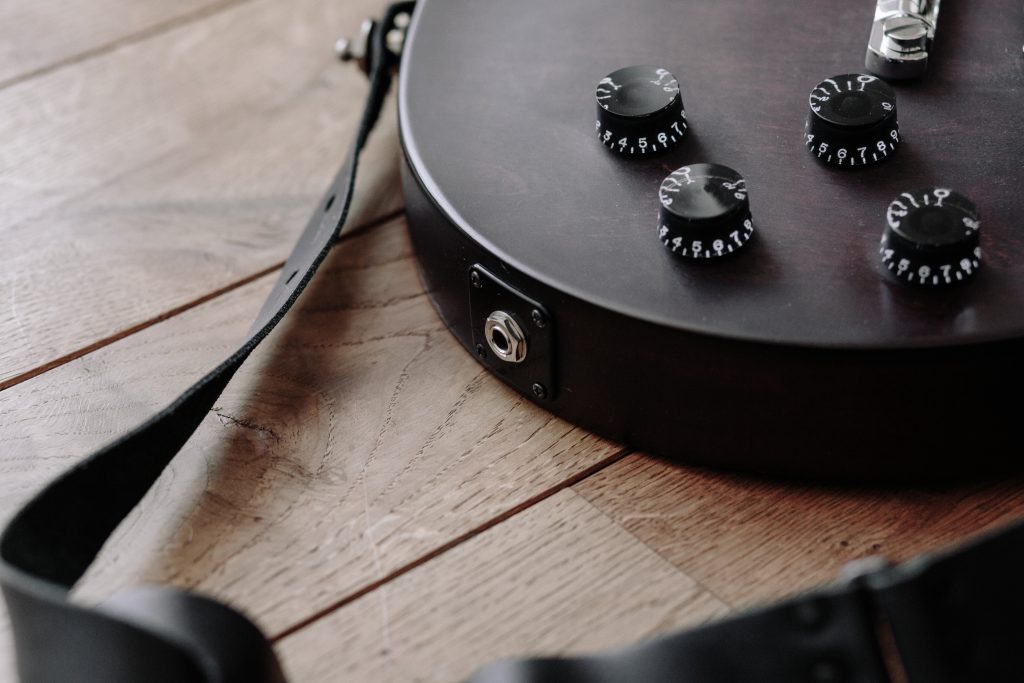Top 10 Key Techniques The pros Use For What Is Electric Cable
페이지 정보

본문
A telephone cable is an assembly of many telephone pairs bundled into one sleeve, and they're either run along utility poles (lower than the electrical lines for isolation) or underground. Today, the FCC imposes requirements on telephone lines as part of its regulatory oversight of telcos. On the larger part of the canal trajectories in France, traction occurred only at one side of the canal. Also in this case, the trolley line was used to cross a subterranean tunnel, this one ("tunnel de Mauvages") being almost 5 kilometres (3.1 miles) long. One line was 7 kilometres or 4.3 miles long (passing through the 5 km or 3.1 miles long "tunnel de Mauvages"), the other line was 5 kilometres long (going through the "souterrain de Foug"). Moreover, taking turns and passing sluices went much smoother than with the submerged chain method described above. It was lifted and passed over rollers or wheels on the boat, which firmly gripped the chain or cable. However, the metallic wheels had a detrimental effect on the tow path, and the maintenance costs shot up. However, especially interesting are those systems in which traction happens on land instead of in the water (all systems excluding a propeller), because they are extremely energy-efficient.
Compared to mule traction, both mechanical systems were more reliable, cheaper and faster - crossing the "Canal de la Sensée" took one day compared to 3 to 4 days with mules. The only method that found a widespread use, at least on a regional scale, adhered to the old and primitive method of haulage or towing by mules on the path next to the canal. The machines were either run upon a track on the banks of the canal - this method being practically a railway along the banks, the boats being trailers connected by a 50 metre (165 feet) long tow line to the motor cars (illustration below) - or either run upon the towpath itself - this method somewhat resembling a land-based trolleytruck convoy (picture above). The service was discontinued in 1904 and replaced by tractors on rails (picture above). In 1907, around 30 tricycles (without rails) and 60 tractors on rails were operated on this 83 kilometre (51 miles) long trajectory, and a total of 3,408,764 tons of goods was transported (around 20,000 barge transports).
The boats were propelled by a moving cable on each bank, carried on supports provided with pulleys, and operated parallel to the canal. The cable was provided with links to which the rope was affixed that hauls the boat along (see engraving below). In modern phone systems the loop power is provided by the switch. Contrary to the two systems described above, there was no motor or engine placed on the boat itself. But, as can be seen on the illustration above, this could be bypassed with an extra dock and two tracks (this design was actually built on the Teltow canal). In France, after some years of unsuccessful experiments with common steam locomotives on the tow path (starting in 1873), the first "electric horse" was tested in 1895 by M. Galliot on the Bourgogne Canal. This method (first put into practice by french engineer François Galliot) combined the trolley system described above with an alternative means of boat propulsion: a cable or chain laid at the bottom of the canal.

French engineer Maurice Lévy was inspired by funiculars instead of trolleybuses. Maurice Lévy was ahead of his time, because 10 years later the technology for electricity generation had much improved. The line formed part of a 47 kilometre (29 miles) long trajectory served by electric mules (see further) and was only operated for a couple of years. Using this method none of the boats were equipped with a motor, which resulted in the same advantages as with the funicular system: any boat previously towed by mules or horses could be hauled in this way without any adaptations or the need for a specially designed towboat, and no wash was created, leaving the delicate canal banks untouched and eliminating the need for deeper waterways. This system is still in use today (pictures below) and replaced a funicular system (see further below). The 6 kilometre (3.7 miles) long track went through a 3.3 kilometre (2 miles) long tunnel (in "Pouilly-en-Auxois") and replaced a steam powered cable hauler that was in use since 1867. That this electric system (and others, see further below) served to pass through tunnel was no coincidence. Therefore, submerged cable towing was mostly limited to straight stretches of canal without too many sluices.
If you cherished this post and you would like to receive a lot more information pertaining to what is electric cable kindly go to our own web page.
- 이전글The 10 Most Scariest Things About Online Mystery Boxes 24.10.22
- 다음글1klad.top <<Заходи на сайт! Радунь купить Скорость Альфа-ПВП МЕФ 24.10.22
댓글목록
등록된 댓글이 없습니다.











